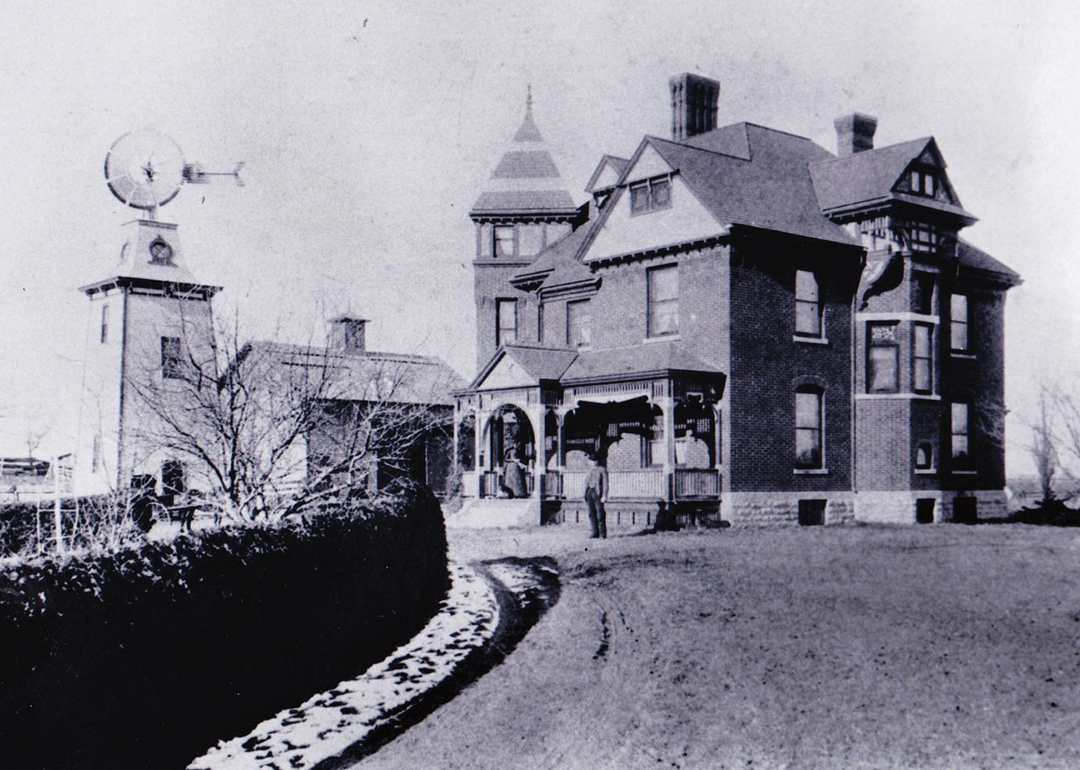
Michaela Blaes with Ace. Photos: Chris Emeott
New Edina dog owners find joy in puppy parenting.
If you’ve seen more wagging little tails in your neighborhood lately, then you’ve noticed a trend since the start of the pandemic: an uptick in dog ownership, a phenomenon confirmed by Edina Pet Hospital. Staff member Vanessa Hernandez notes a “very high increase in puppy patients.” Colleague Ali Goldberg agrees, adding that the spike in puppies represents, “a nice relief from all the craziness of the pandemic.”
One of their puppy patients is our own puppy, Matilda, a Pomeranian-mix. She arrived in Edina in August, along with her frenetic energy and slipper-shredding teeth. (She’s also destroyed a vacuum-cleaner cord, among other sundry items—anything at mouth level.) But her unconditional love added joy to those long hours stuck at home, even in the midst of COVID anxiety.

More time at home meant more opportunities to adapt Matilda to her new life with me and my husband, Jim. Through much of August, I watched another puppy, Cal, a two-month-old cockapoo, romp around next door on Greg and Kathleen Good’s lawn, inspiring me to keep six-month-old Matilda in fresh air as much as possible. Devoted owner (and the Goods’ daughter) Margaret Good took advantage of working remotely to sit on a blanket with her laptop and watch Cal burn energy; being outside so much also helped with housebreaking. “Having a puppy during the pandemic has made life so much more fun!” Good says. She credits Cal with helping establish routine during the long stay-at-home months (scheduled walks are healthy for both canines and humans). Good adds that this new routine got her “out of the house and interacting with people at a time when it was challenging to do both.”

The pandemic also factored into the Blaes family’s decision to welcome two-month-old Ace into their Edina home in September. Michael Blaes acknowledges having a puppy is “never easy,” and recounts his family’s discussion: “What are we waiting for? The perfect day will never come.” So, they agreed to open themselves up to the love of an Aussie-doodle puppy, to “make the most of a bad situation.” Blaes notes the family’s extra hours at home helped Ace “learn the ropes.” Ace and the kids have had so much time together—he’s a “great cure for boredom,” says Blaes.
The Kopski-Flood family, neighbors of the Blaes’s, also invested in a pandemic puppy, a rescue named Carmen, part yellow Lab, part husky, with a possible dash of German shepherd. Like Ace, Carmen arrived in September at approximately two months of age. Kris Kopski agrees that more time at home has helped with puppy parenthood, saying, “I can’t imagine how we would have managed with such a high-energy puppy if life had been ‘normal.’” But challenges still exist, such as having to be “very adept at using the mute function” in response to Carmen’s barking during Zoom meetings, not to mention frustration when “she barks to go out at 4 a.m., makes messes on the floor and eats a shoe.”

The general “mess” element associated with dog ownership cannot be denied. However, as Blaes puts it, “Life isn’t entirely neat and clean, but when you focus on love and fun you can still be happy when things are admittedly very hard.” Kopski considers adopting a puppy “as a sign of hope for the future.” And Good calls it the “best experience.”
I agree on all counts! Our little Matilda has taught us to have patience during tough times and to let go of the quest for conventional perfection. “Ace isn’t perfect,” Blaes admits, “but he’s a perfect answer to many of the pandemic’s ills.”






















